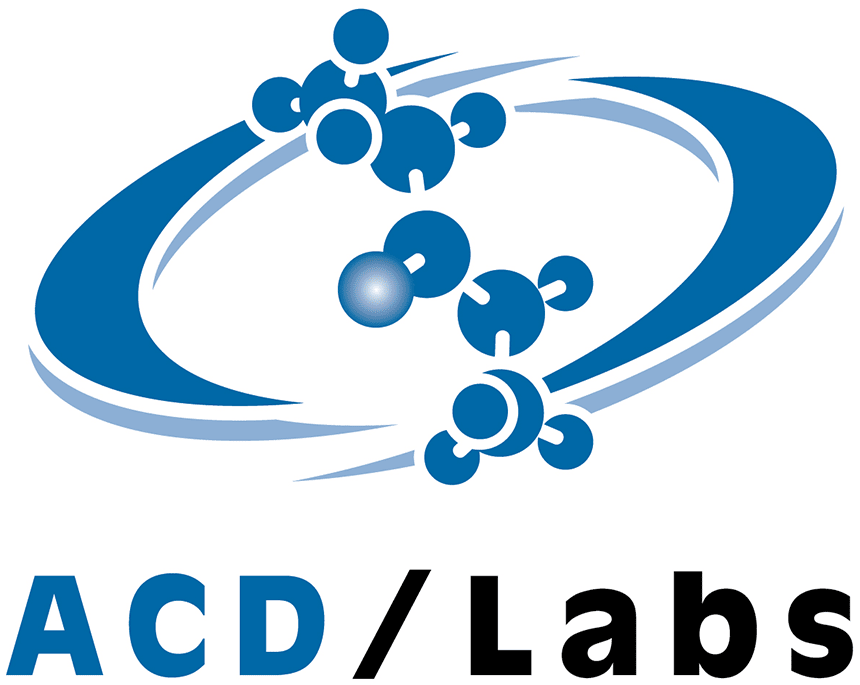This Application Note demonstrates the sensitivity of the CDS 7550S coupled to a GC/MS for the analysis of TO-17 volatile organic compounds (VOCs) ranging in volatility from propene to naphthalene. The data shows that CDS 7550S meets and exceeds the criteria set forth in US EPA Method TO-17. Detailed instrument method parameters are presented along with clean blank chromatogram, precision, linearity, and calibration curves for several groups of compounds.
Thermal Desorption adsorbent tubes are used to capture the VOCs listed in US EPA Method TO-17. To quantitatively analyze the captured compounds, the CDS 7550S has been designed with 350°C ultra high temperature inert valve oven, integrated zero-degassing tube heater, pressure controlled Internal Standard Module, proprietary Pre-heat and Pre-desorb focusing, as well as a Peltier module to capture gas phase VOCs with boiling points far below ambient temperature. To accommodate the demand of high throughput jobs, the system adopts a high precision 72-position robotic system with software-calibration capability on the tube length. This Application Note will demonstrate the performance of this system and the analysis of volatile organic compounds ranging in polarity and volatility.
Experiment Setup
The main instruments used in this application were a CDS 7550S as the GC front-end device, and an Agilent 6890 GC with a 5975B MS as the separation and detection devices. Detailed instrument parameters are listed in Table 1. The 7550S was configured with a capillary focusing trap packed with Tenax TA adsorbent. The primary sampling tube was a three-bed ¼” OD x 3.5” length CAMSCO tube (part number SU644-4), packed with Carbograph 2/Carbograph 1/Carboxen 1000. The calibration standard was prepared by a gas standard cylinder purchased from Restek with 65 TO-17 compounds calibrated at 1 ppm concentration. When making the calibration standard, a CAMSCO thermal desorption tube was attached to a CDS gas addition device with a selectable sample loop from 1-mL, 2-mL and 5-mL volume, which was pre-filled with internal standard at room atmosphere pressure, then the sample loop was fully purged with He gas into the thermal desorption tube. In the purging step, a Restek flow meter (ProFLOW) was used to adjust the flow meter to 60 ml/min. The purging time was calculated so that a total volume of 1L gas, including the volume of the gas standard, was purged through the thermal desorption tube. Then the thermal desorption tube was detached from the gas addition device and moved to the CDS 7550S for analysis. The 7550S was also equipped with an Internal Standard (IS) Module that is able to deliver 5-mL of gas-phase IS. The internal pressure of the sample loop module is precisely modulated at 1 psi. All of the sample pathways in the IS modules are inert-coated to minimize active site for carryover.





